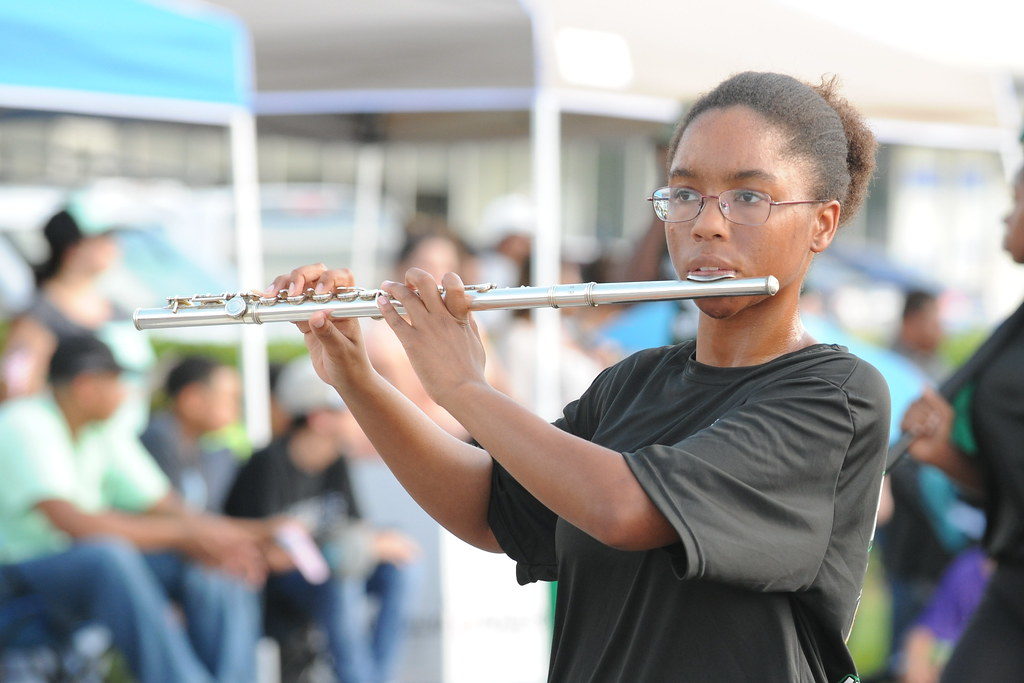Posts Tagged ‘Flute Technique’
Flute – The Hands and Fingers in Performance (Musicians)(Psychology)(Pain)(Strain)(Injuries)(Posture)(Alexander Technique)(Albuquerque)
This ebook, An Alexander Technique Approach to Flute Technique, is published on this website in a PDF format. It is very detailed and practical, and it will give you the physical tools you need to take the limits off of your ability to create the accurate flute technique you want without sacrificing your body.
This ebook is also for sale on all AMAZON websites in a KINDLE format.
Located in Albuquerque, New Mexico, U.S.A. (MOVEMENT THERAPY)
This is an unusual article on the hands and fingers in a musical performance. I want to look at the hands of a performer, whether the performer uses the hands and fingers to perform or not. So, this article pertains to flutists, as well as singers, conductors, drummers, and trombone players.
I’m going to look at hands in musical performance physically and psychologically. What do I mean? There is the pure Alexander Technique principle of good body use and how to use the hands to play an instrument without causing wear and tear, by using the hands with mechanical advantage.
And there is the psychological implication of what hands and fingers demonstrate in performance when you are a singer, conductor, drum set player, or trombone player.
Here is a definition of the Alexander Technique principle of “good use” applied to the hands. WHEN YOU MOVE THE FINGERS TO PLAY THE FLUTE, YOU WANT TO DO SO WITHOUT CREATING ANY COMPRESSION IN THE JOINTS OF THE FINGERS AND THE WRISTS, WHETHER YOU ARE PLAYING EXTREMELY LOUDLY OR EXTREMELY SOFTLY OR EXTREMELY FAST. YOU DO NOT NEED TO USE MORE MUSCLE ON THE KEYS AND/OR HOLES WHEN YOU PLAY LOUDER AND LOUDER!
This means that you DO NOT tense your hands or use more muscle in anticipation of controlling pianissimo or fortissimo or playing fast. This totally unnecessary tensing of your hands to “control volume” or play at a high tempo is usually very unconscious to the flutist. What I mean is that tense hands are usually one of those UNCONSCIOUS things that a flute player does to control volume or play at high tempos.
DO NOT TENSE YOUR HANDS ON THE FLUTE TO CONTROL VOLUME OR PLAY FAST. WITHDRAW ANY TENSING OF THE HANDS TO PLAY VERY SOFTLY OR VERY LOUDLY OR VERY QUICKLY, AND USE LESS MUSCLE BACKING UP SOFT HANDS AND FINGERS, AND MOVE THE FINGERS REFLEXIVELY.
MOVING THE FINGERS REFLEXIVELY MEANS PLACING THE FINGERS AS QUICKLY AS POSSIBLE AND EFFORTLESSLY. MOVING REFLEXIVELY WITH SOFT HANDS GIVES YOU EXTRAORDINARY CONTROL OF ACCURACY AND SPEED, WITHOUT USING TENSION TO PLAY MORE ACCURATELY OR FASTER.
When you use tension to slow the fingers down to play softly or use tense fingers to play loudly or use tension to play faster, you are doing two negative things. Musically you are creating a flute sound that isn’t clean and pure. A sound produced on the flute with slowed and/or tensed fingers is not as pure as a sound produced with reflexive movements.
Physically you are forcing the bones of the fingers and of the wrists closer together, and years of this compression damages the cartilage in the joints. TRULY, YOU CAN PLAY THE FLUTE AS LOUDLY OR AS SOFTLY OR AS FAST AS YOU WANT WITHOUT TENSING YOUR HANDS AND FINGERS BEFORE YOU PLAY, AND STILL HAVE ABSOLUTE CONTROL OVER YOUR HANDS.
Here is the psychological component of hands. Hands don’t tense themselves independently of the performer. They tense for two reasons that reinforce each other. Two truths: Almost all flutists experience the fear of wanting to play the flute well. Almost all flute players could make changes to their flute technique that would make their playing more mechanically advantageous.
When a flutist performs with fear, then the tension of fear in the hands and moving fingers can compromise a flute technique that could be more user friendly. This means the flute player tenses the hands and fingers more and more to gain more control.
The flute performance then usually goes downhill, and the flutist tenses the hands even more to try to regain control.
WHAT IF THE FLUTE PLAYER CHOSE TO WITHDRAW THE TENSION BUILDING IN THE HANDS AND FINGERS CAUSED BY FEAR, AND LEARNED TO TRUST THE HANDS TO PLAY BEAUTIFULLY AND EFFORTLESSLY. This would end the cycle of tension and fear and tension and fear etc. the performing flutist was in.
It would bring to consciousness the unconscious technique habit of raising the tension level in the hand the more difficult the piece, and give the flute player back “CONSCIOUS CONTROL” of his or her hands and fingers.
NOW, the hands and fingers of the singer, conductor, drummer and trombone player: The singer’s technique doesn’t use the fingers and the hands, and the conductor’s, the drum set player’s, and trombone player’s technique don’t utilize moving fingers (or at least minimally).
But in all of the above cases a clear sense of what is going on the hands and fingers has an effect on the performance.
Let me combine the Alexander Technique here with psychology. IF THE SINGER, CONDUCTOR, DRUM SET PLAYER, OR TROMBONE PLAYER EXPRESS THEMSELVES WITH EASY SOFT HANDS, THEN THE HANDS AND FINGERS ARE NOT REINFORCING FEAR BY EXPRESSING FEAR WITH TENSION. THIS ENABLES THE PERFORMER OR CONDUCTOR TO PERFORM OR CONDUCT MUCH MORE FEARLESSLY.
WHEN THE LEVEL OF FEAR OF THE PERFORMER OR CONDUCTOR DROPS LOWER AND LOWER, THEN THE PERFORMER OR CONDUCTOR IS ABLE TO OFFER A PERFORMANCE OF GREATER AND GREATER LOVE.
LOVE IS LETTING GO OF FEAR.
